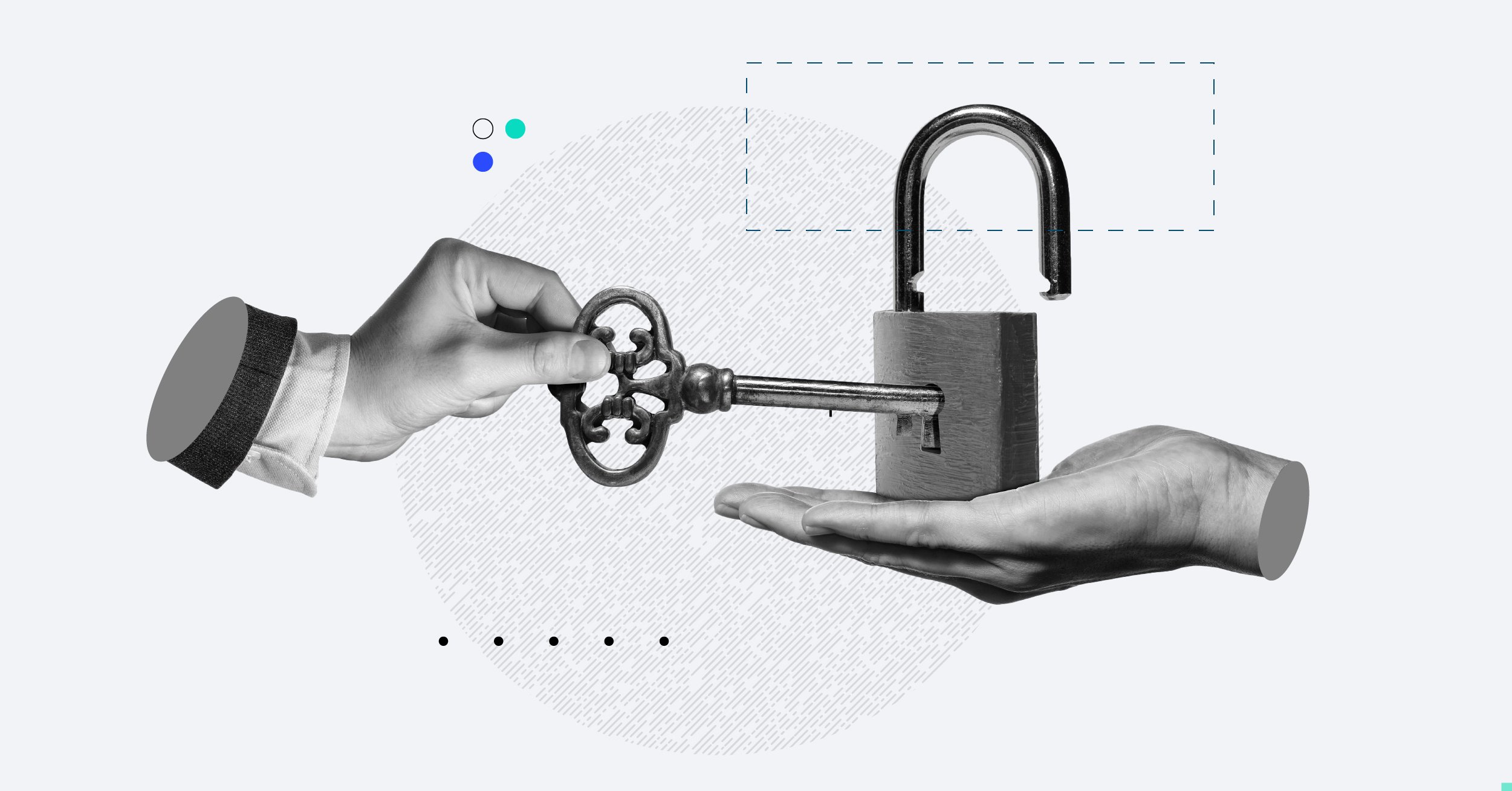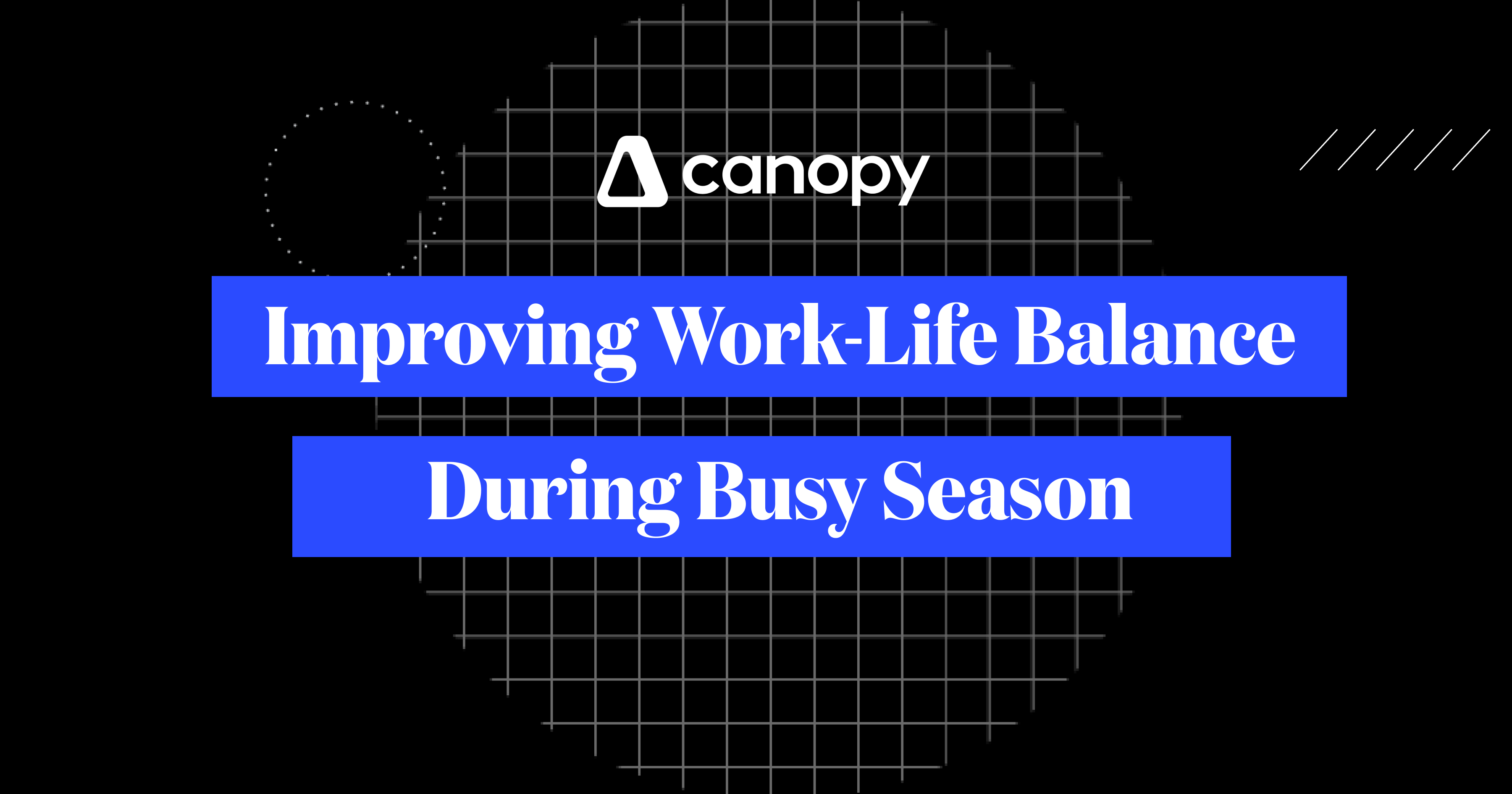Collecting hundreds—if not thousands—of client documents, saving them as recognizable names, and storing them in the right place is tedious and time consuming. After all, Every file needs to be in order, and all client information must be protected.
However, protecting client information and documents (not by email, for example), sharing them with only the right staff members, and maintaining compliance is challenging to say the least. Choosing your accounting document management software must be done carefully.
Understanding Document Management
Document management is more than simply file and workpaper collection and storage. It also includes a number of capabilities throughout the file’s lifecycle:
- Managing access
- Authorizing (e-signing)
- Managing revision history
- Annotating and commenting
- Collaborating
- Editing
- Standardized folder locations and templates
- File renaming
Accounting document management deals with important client documents like:
- Official tax documents
- Financial statements
- Receipts
- Engagement letters
- Client correspondence
Modern document management software for accountants is designed to lighten the load for busy firms and shift their focus from busy work to higher value activities such as improved client engagement or other billable work. It provides secure document storage, role-based access, and encryption to remain within regulatory compliance, as well as powerful search and organization features to streamline daily operations.
Traditional vs. Modern Digital Approaches
| Traditional Approach | Modern Digital Approach |
| Clients and firms exchange documents via unsecured email |
Clients upload documents through a secure client portal or via the client app Firms ask confidential questions that clients receive alerts to view inside the client portal or mobile app |
| Paper documents that are easily damaged or lost |
Digital documents backed up and securely stored |
| Manual filing requiring physical space | Cloud storage with unlimited storage |
| Time-consuming, manual searches |
Instant searchability through OCR and metadata |
| Limited access based on location |
Secure access from any location or device |
| Basic folder structures for organization |
Advanced tagging, categorization, and automated workflows |
| Manual tracking prone to errors | Automatic version history and audit trails |
|
Practitioners print out and annotate files and share with a colleague or download a file and then send a chat to a colleague |
Practitioner annotates and then @mentions a client to trigger a conversation |
| Client brings in a stack of documents |
Client scans documents by simply taking a photo and they automatically upload to the client portal |
| Client uploads a file using whatever name they feel like | Software automatically names the file according to its contents |
What Are the Benefits of Effective Document Management?
Choosing the right document management system improves team communication and collaboration efforts, alongside numerous other benefits that help your practice provide the best service to your clients.
Enhanced Security and Compliance
Every detail connected to your clients is sensitive information requiring rigorous protection. Document management systems help protect client data while ensuring every member of your firm handles information according to proper regulatory requirements.
Document management platforms let you set role-based access controls (RBAC) so each member of your team only has access to documents directly related to their role and relevance. Data is always protected by encryption, and the platform continuously tracks who accesses documents, along with timestamps.
These systems follow compliance rules like GDPR, CCPA, and industry-specific regulations and make it possible to set retention policies for document lifecycles based on regulations.
Increased Efficiency and Productivity
The right accounting document management software dramatically reduces the time you spend on administrative tasks due to the following features:
- Automated File Organization: Name, categorize, and file documents based on your choice of predefined rules
- Advanced Search: Find documents using metadata, content, or client details
- Templates: Manage access to standardized forms and other document types
- Batch processing: Work with numerous documents to complete specific tasks
- Accessibility: Work with documents to review and approve work from any location
Improved Collaboration and Client Service
Work together with your team to collaborate on projects. Real-time updates keep everyone informed throughout the project and reduce time spent on back-and-forth communication.
Using your secure client portal, collect electronic signatures, manage comments and annotations, and manage all communication with streamlined processes that provide maximum efficiency for your team and clients.
Choosing the Right Accounting Document Management Software
While there are many document management platforms to choose from, the following are some of the best document management software for accountants:
Canopy
A comprehensive accounting management platform focused on workflow, document management, automation, and client communication.
Pros
- User-friendly interface and easy setup
- All-in-one solution for document management, billing, and client communication
- Strong automation features for recurring tasks and client requests
- Cloud-based, scalable, and mobile-friendly
- Includes mobile document scanner
- Customizable templates and workflows
- Integrated client portal for secure document exchange and e-signatures
- Provides detailed audit trails and time tracking features
Cons
- Uses Zapier to integrate with other document management systems
- Missing deeper functionality from solutions like DocuSign
- No app-wide search
- Not ideal for managing tasks like reconciliation
FYI Docs
A cloud-based platform focused on automation, integration, and workflow optimization.
Pros
- Automates emails and document creation
- Works with Xero, DocuSign, and Microsoft Office
- Centralizes client data
- Makes team collaboration easy
Cons
- Not as many templates as some competitors
- Higher learning curve for setting up
- Inconsistent filing structures for teams
- Not an ideal subscription model for smaller firms
Karbon
A preferred option for automated workflow and client communication.
Pros
- Streamlines client communication
- Converts emails into tasks
- Improves productivity
- Automates processes
- Provides quality customer support
Cons
- Slow loading times
- Difficulty tracking assignments
- Expensive for smaller firms
- Limited email formatting options
TaxDome
An all-in-one platform for tax, bookkeeping, and accounting.
Pros
- Combines CRM, workflow, billing, and document management
- Automated features
- Client portal
- Unlimited document storage
Cons
- Limited customization for workflow
- Interface isn’t as intuitive as other platforms
- No @mentioning to internal collaboration
- Only half the number of permissions to keep documents and data safe
- Less secure mobile experience
The Most Important Features to Look For
The following are features to look for in the ideal document management platform:
- Organization, search, and file management
- Secure cloud storage
- Automated document renaming
- Easy collaboration
- Folder templates
- Client portal and mobile app for easy document sharing and electronic signatures
- Client alerts and reminders to expedite document collection and review
- Recurring task scheduling
- Encryption, multi-factor authentication, and other regulated security features
- Audit trails
- Annotation tools
- Mobile accessibility
You get all these features with Canopy! We don’t mind saying it—there truly is no comparison.
Implementing Document Management Successfully
Successfully implementing a document management system requires careful planning. Utilize the following approach to integrate the system and train teams effectively.
7 Steps for Seamless Integration into Existing Workflows
- Assessment: Examine your current processes to identify your firm’s pain points and weakest links.
- Goal Determination: Use your assessment results to determine your objectives with improved document management.
- Planning: Determine how your team should standardize its client folder structure, naming conventions, data access permissions, and other important details.
- Data migration: Carefully transfer all of your existing documents using the organization and metadata agreed upon.
- Integration: Connect the new platform with your existing accounting software and email systems.
- Testing: Before fully implementing your new integration, verify your workflow to ensure everything functions as expected before full-scale deployment.
- Phased rollout: Implement your integrated document management platform by department or client type to monitor the change and validate everything is working as expected.
Planning this rollout in stages prevents potential disruptions, so you can start seeing the benefits quickly.
Training Strategies
Your team will experience the smoothest transition by developing a simple, effective training strategy like the following:
- Role-Based Training: Train your team based on each individual’s role and how they will access the system.
- Workflow Documentation: Create easy-to-follow guides for common document tasks.
- Team Leaders: Adopt enthusiastic leaders for each team who can train and support their peers in learning new processes and getting the most from the system.
- Ongoing Check-Ins: Schedule follow-ups to help teams further train on areas requiring more assistance.
- Feedback Mechanisms: Request feedback from every member of your firm and provide surveys to gather sentiment and suggestions.
Overcoming Common Implementation Hurdles
There are a few common challenges you can anticipate and prepare for accordingly:
- People often resist change, so make it clear how the new system benefits everyone.
- Provide thorough training.
- Listen to all feedback, positive and negative, and address concerns with solutions.
- Use batch scanning and OCR to include paper documents.
- Refine user roles over time, starting with the easiest settings and gradually specifying more complex administrative settings.
A Case Study with Winthco Wealth Management
Our client Winthco still relied on paper-based systems and disconnected tools, causing delays and team burnout. And when it was time for tax season? Don’t even ask.

Once they implemented Canopy, they saw the benefits of streamlined processes and communication. Our platform cut down administrative overhead and improved collaboration and client satisfaction. As a result, Winthco is now on its long-term growth path.
"Canopy has allowed us to reduce inefficiencies and focus on growing our client base. It’s a vital part of our strategy for the next 40 years." — Kevin Coppin, owner
Canopy: The Right Solution for Accountants
Implementing an accounting document management system enhances efficiency, security, and collaboration within firms handling large volumes of sensitive client data.
Choosing the right accounting platform for your practice can make all the difference in scaling your firm. If you’re ready to take your operations to the next level, start your free trial of Canopy’s industry-leading practice management solution and find out what it’s like to gain total control of your operations.
Start your free trial today!

Krista is a creative and strategic content marketer who loves crafting compelling stories that connect with audiences. As part of the Canopy team, she brings a passion for storytelling, a keen eye for detail and a talent for creating engaging content.
READ MORE BY Krista






Get Our Latest Updates and News by Subscribing.
Join our email list for offers, and industry leading articles and content.